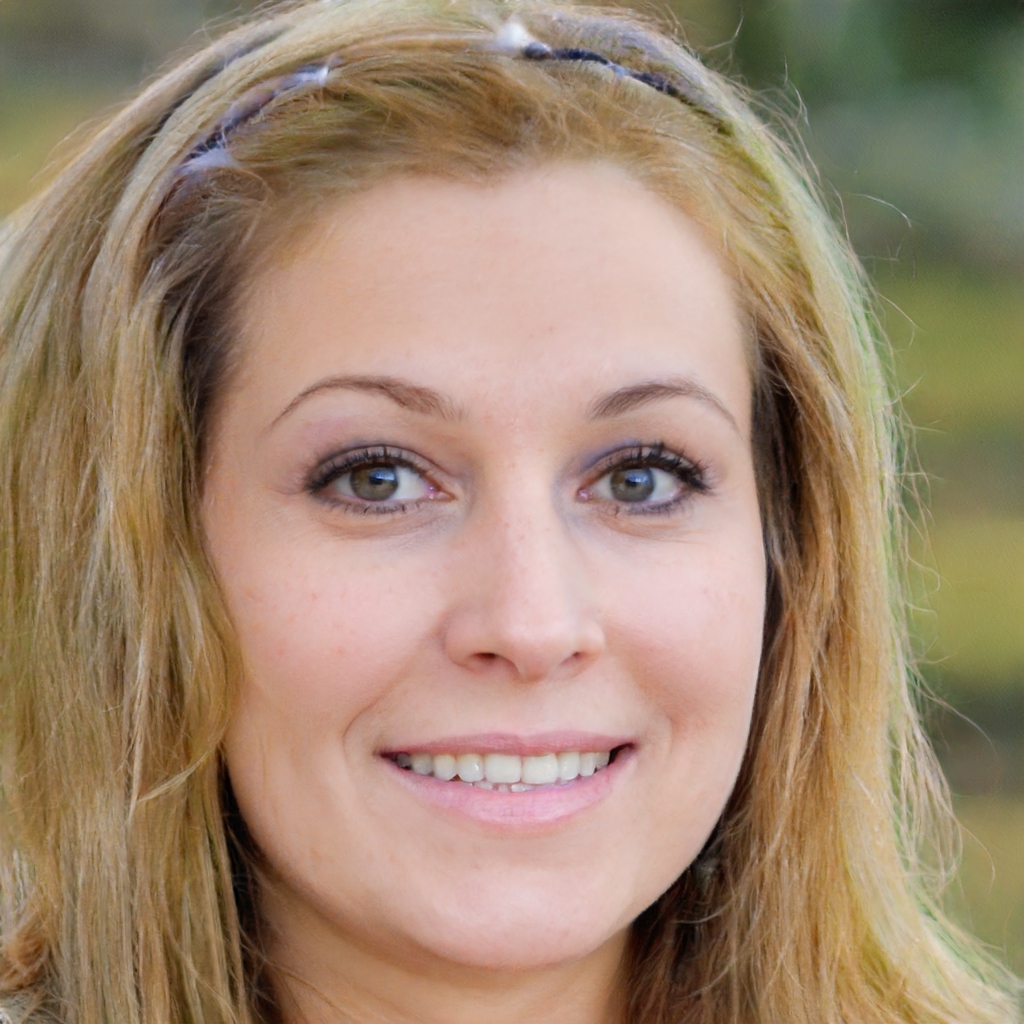Developed by a team of researchers at MIT, Pic2Recipe is able to recognize ingredients by framing them with the smartphone. It also suggests similar dishes
We're at a restaurant and one of the dishes served at our table particularly intrigues us. Normally, we raise our hand and politely ask the waiter what it is. Yet in the future, to know the ingredients of a food, it will be sufficient to use artificial intelligence.
A group of researchers from the Computer Science and Artificial Intelligence Laboratory of MIT, in fact, has developed a system capable of recognizing a recipe, simply by framing a photo. Pic2Recipe, this is the name of the tool, uses an intelligent algorithm, able to understand what is inside a "dish". And not only that. Analyzing the images, Pic2Recipe, in fact, suggests other foods with similar characteristics to the one examined. The team of scientists of the CSAIL of MIT has developed the computer vision technology, working together with the Qatar Computing Research Institute. The algorithm, then, extrapolates ingredients from the examined image. How is this possible?
How it works
At the heart of it all, as mentioned, is artificial intelligence. Pic2Recipe does nothing more than scan a photo and guess the recipe. Researchers are using an archive that includes over a million photographs to train the algorithm so that it can recognize and suggest recipes from the framed images. By feeding the information into the neural network on which the algorithm is based, i.e., the "brain" of the technology, the smart system, like a child, learns to distinguish different dishes.
Pic2Recipe still is in the testing and refinement phase. In fact, the MIT algorithm struggles to guess the ingredients of certain dishes, such as sushi or cocktails. The team of researchers, however, not only wants to improve the recognition, but also aims to bring the system to understand the steps of the preparation of the recipe.
Possible uses
Pic2Recipe can be used in different ways and in multiple areas, from professional to private. One day, in fact, it could be enough to frame a food with a smartphone to know what the ingredients are or how many calories the dish contains.
